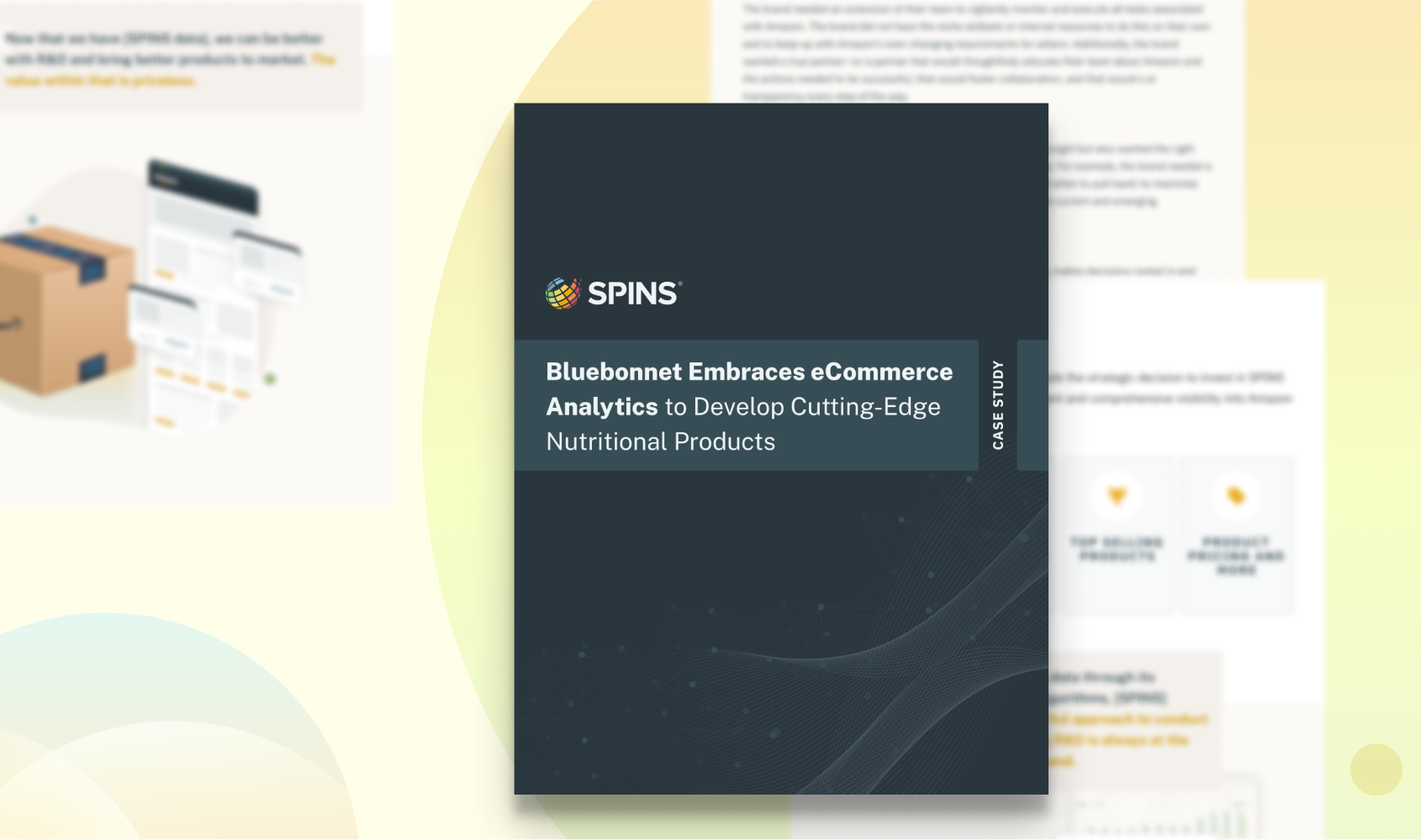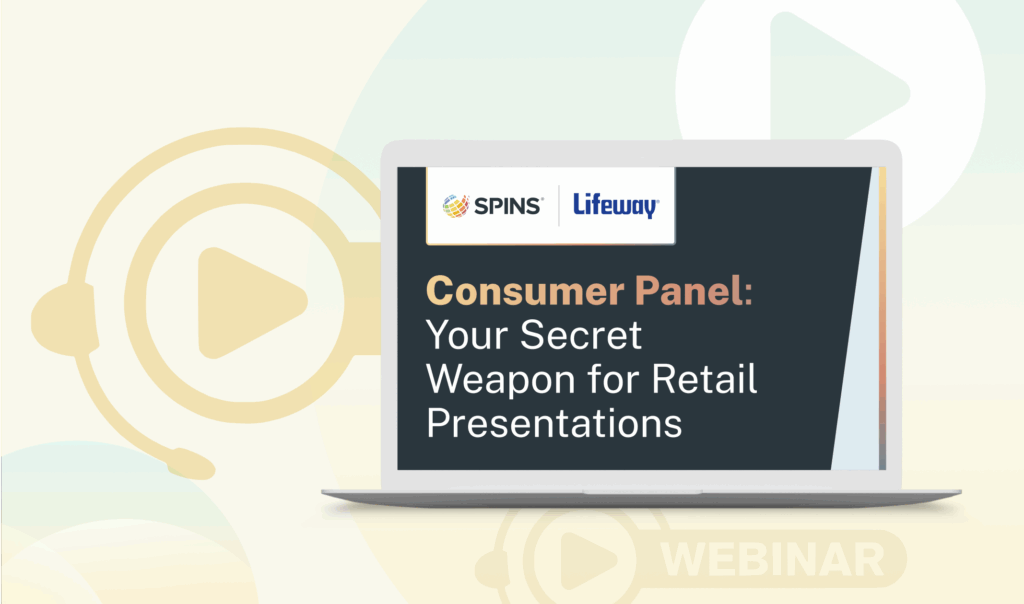The Role of Amazon Promotions in Driving Sales and Visibility
In the vast digital marketplace of Amazon, promotions play a pivotal role in attracting customers, boosting sales, and enhancing brand visibility. Understanding the nuances between these promotions is important to align promotion types to strategies and goals.
Types of Amazon Promotions
Full-service brand management and data-driven consulting to grow your Amazon business.
Learn MoreWhat are Amazon Coupons?
- Standard Coupons: This classic promotion type allows you to offer either a percentage off of MSRP or a fixed amount off. They show up with green badging in search and must be clicked to be redeemed. Amazon charges a $0.60 fee per redemption in addition to the discount provided.
- Reorder Coupons: This coupon will only be visible to those who have previously purchased the product. If you are trying to build loyalty, pair these with a search campaign that targets past purchasers.
- Subscribe & Save Coupons: This coupon offers an extra incentive to sign up for Subscribe and Save. Leverage a smaller discount here as you will see higher retention rates on those who redeem.
A few words of caution:
- If on Seller Central, coupon discounts will not be reflected in ordered product sales in business reports. This spend must be subtracted from all order reports and can cause a gap between net revenue and ordered product sales.
- If on Vendor Central, your discount can vary drastically if you use a percentage off. With Amazon controlling your pricing, you could be funding a $3 discount one day and a $5 discount the next. Consider providing a fixed amount discount if you notice heavy price swings.
What are Amazon Strikethrough Promotions?
Synonymous with the name, the original price will be struck out and a red discount percentage will appear next to the pricing section of the page. Unlike coupons, the discount will be automatically deducted and will be reflected in ordered product sales. This promotion allows you to set your discount price and the percentage off will be automatically displayed relative to the list price in your catalog.
If this promotion type is leveraged too frequently or over a long period of time, you will lose your badging. Strikethrough aims to display the price as the lowest it has been in 30 days.
What are Amazon Price Discounts?
Similar to Strikethrough, this allows you to set a discounted price. With Price Discounts, you can determine how many units you are willing to provide at a specific price. Once that number is reached, the discount will end.
What are Prime Exclusive Discounts?
Called PEDs for short, this is a discount provided only to Prime Members. PEDs receive a big red badge and are given better visibility than the other promotion types previously covered. Additionally, during tentpole events like Prime Day and Black Friday, these deals will receive added visibility and be featured in the deals section.
With 180 million Prime Members anticipated in 2024, you can reach a large audience pool in the US. Other markets like Canada and Europe, however, are more limited.
What are Brand Tailored Amazon Promotions?
Launched late in 2023, these promotions allow you to target specific audiences that have already interacted with your products with a percentage discount. These audiences are defined as follows:
- At Risk: Customers who haven’t purchased recently nor frequently, with varied spend. At-risk customers can be engaged through discounts, promotions, and other incentives.
- Brand Cart Abandoners: Customers who have added any of your brand products to their cart in the last 90 days but haven’t purchased yet.
- Brand Followers: Brand followers have clicked to follow this brand on Amazon.
- Declining Promising: Customers from your brand’s Promising audience who are predicted to spend less with your brand in the next year.
- Declining Top Tier: Customers from your brand’s Top-Tier audience who are predicted to spend less with your brand in the next year.
- High Spend Customers: A 5% sampling of this brand’s highest-spending customers in the last 12 months.
- Potential New Customers: Customers who have clicked on your brand, Storefront, and products or added products to their cart in the last 90 days but have not purchased from your brand in the last year.
- Promising: Customers who purchased recently, buy occasionally, and spend above average. To convert to a Loyal customer, encourage purchases through marketing engagement.
- Recent Customers: A 5% sampling of this brand’s customers in the last 12 months.
- Repeat Customers: Customers who have purchased more than one order from this Brand in the last 12 months.
- Top-Tier: These are customers who purchased recently and spend the most. Most of these customers buy frequently.
A BTP (Brand Tailored Promotion) will only show on the detail page for those that fall into each audience. Additionally, the size of each audience will be displayed next to the name when you go to create one. These run catalog-wide and Amazon now lets you exclude up to 100 items in your catalog.
Disclaimer: You must be granted “Global Permissions” to access this promotion type.
What are Buy More Save More Amazon Discounts?
BMSM (Buy More Save More) allows you to offer tiered discounts to customers who choose to buy a second, or another predefined item in the catalog. For instance:
- Save 10% when you buy a second of this item
- Save 10% on any of these additional items
This is a great way to drive up average order value or drive the trial of a new product.
What are Amazon Deals?
The two promotion types discussed below are considered “Deals” by Amazon and will receive “Limited Time Deal” badging as well as be featured on the Deals page. While these generally require the steepest discounts, they receive the best organic visibility of any promotion type. Not every item in the catalog is considered eligible, and those that are will appear as recommended when scheduling. The minimum discount will be displayed while the deal is being scheduled and is generally between 20% and 25%. There is a merchandising fee to run the promotion. However, if you are enrolled in Strategic Account Services (SAS), they will waive one deal fee per week.
- Best Deals: Best Deals require a $300 merchandising fee and will run for seven days. These deals will provide the best visibility for the longest period of time. Leverage Best Deals during events like Prime Day or to blow out excess inventory.
- Lightning Deals: Lightning Deals require a $150 merchandising fee and will run for up to six hours. When scheduling, seven-day windows will be provided and the deal will run within that timeframe. Unfortunately, selecting the exact time is not an option.
Learn how SPINS Amazon Growth Solutions can guide your data-driven strategy, put plans into action, and ensure your business grows in a highly-competitive market.
Speak with an ExpertWhat are Amazon Top Deals?
Top Deals can only be submitted by brands enrolled in Strategic Account Services (SAS). These opportunities are offered for events like Prime Day, Prime Early Access, and Black Friday + Cyber Monday. Additional opportunities to run these will present themselves throughout the year. Approval for Top Deals is getting stricter, so provide all items you are willing to run at a 20-30% discount. A SAS manager can offer additional support and fight to get specific items approved. While the submission deadline is generally months before these events, the deal can always be edited or canceled before running. Top Deals have the best visibility and will help products rise to the top amongst the noise and madness of tentpole events.
Harness Long-Term Success
Within the CPG and digital grocery landscape, driving trial and attracting new-to-brand customers is imperative to long-term growth. Armed with this array of promotions, brands can drive trial, attract new customers, build brand loyalty, and ultimately gain the coveted Subscribe & Save customers who order more frequently, spend more on average, and won’t eat away at your branded advertising budget.






